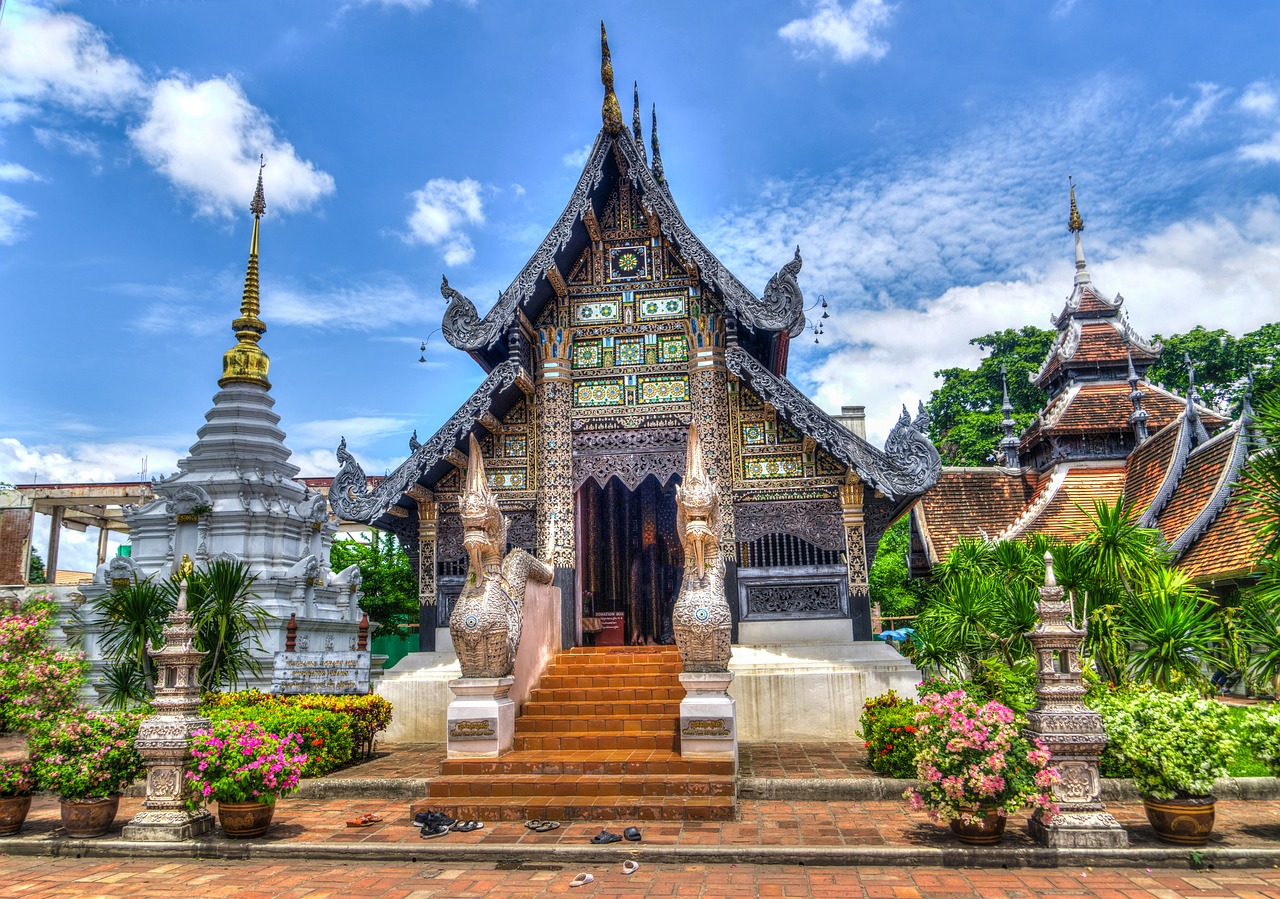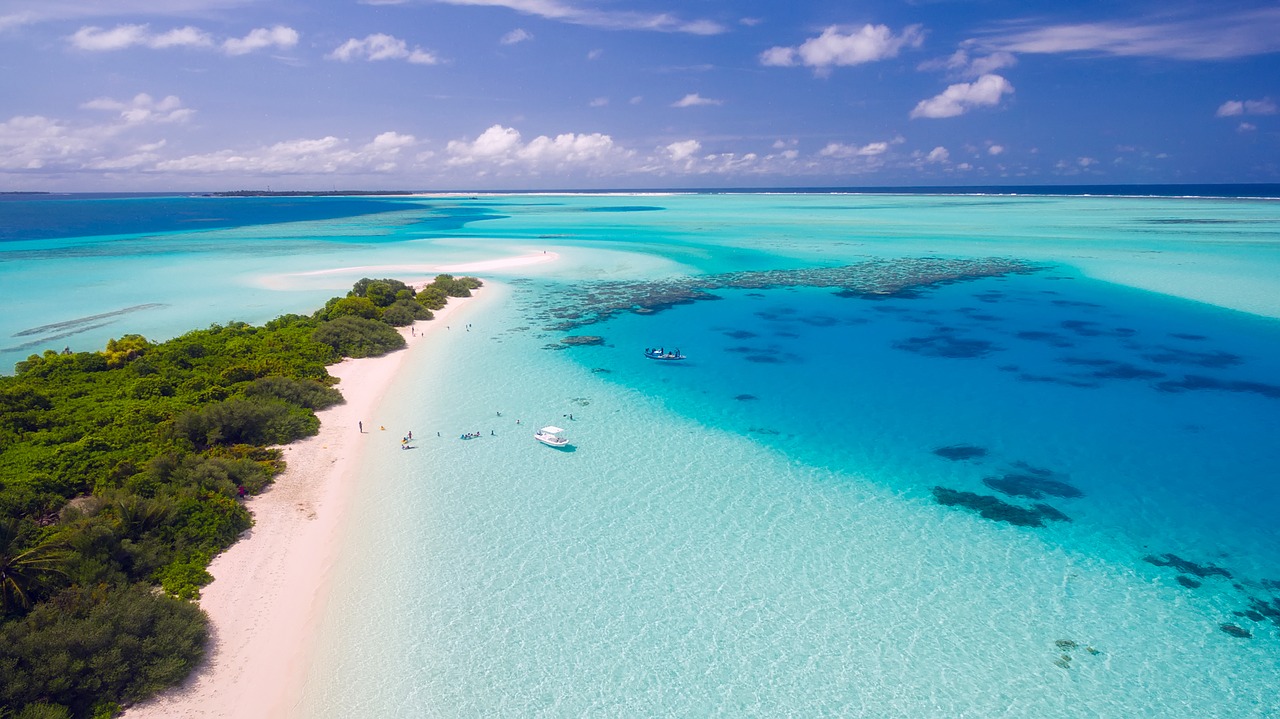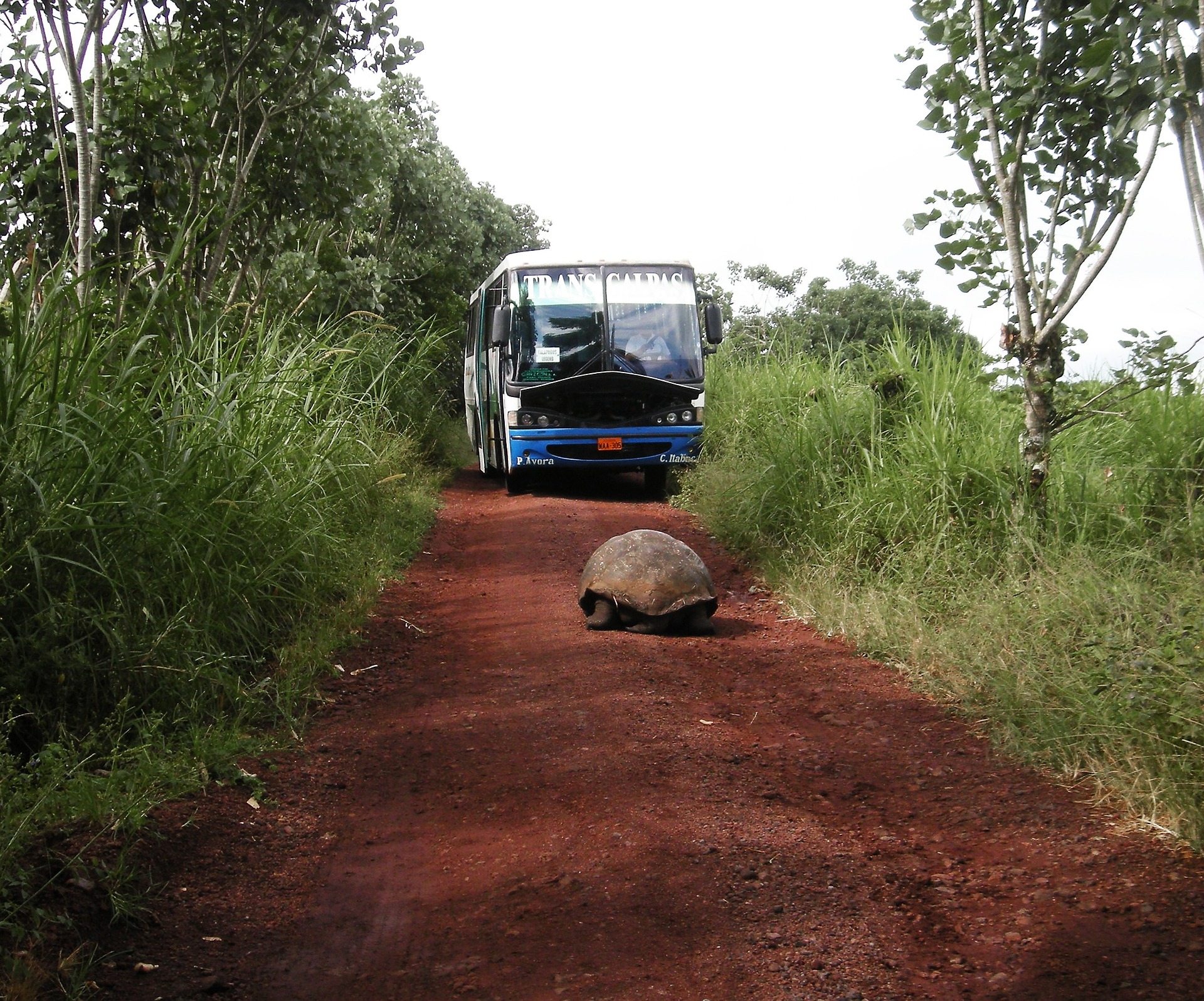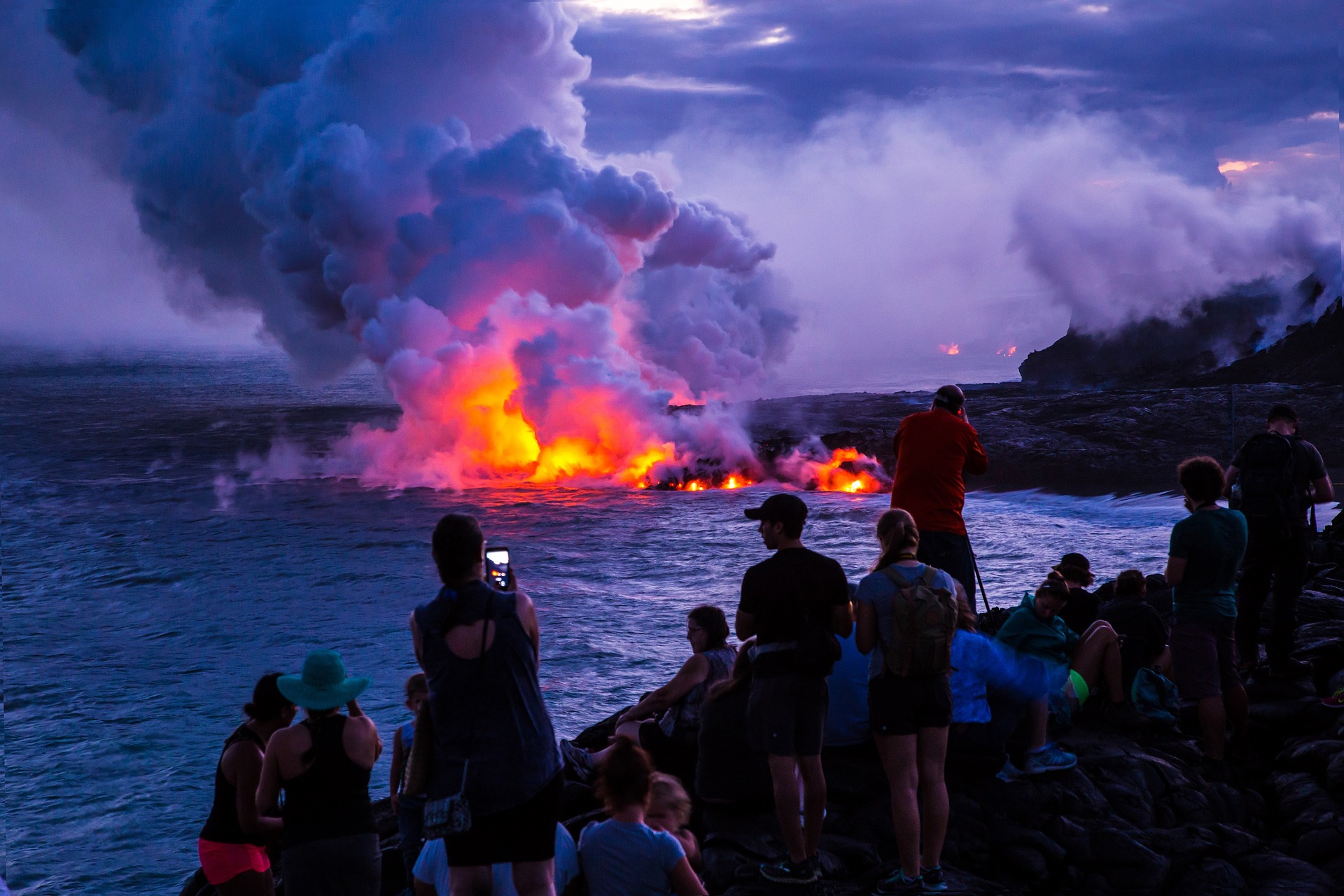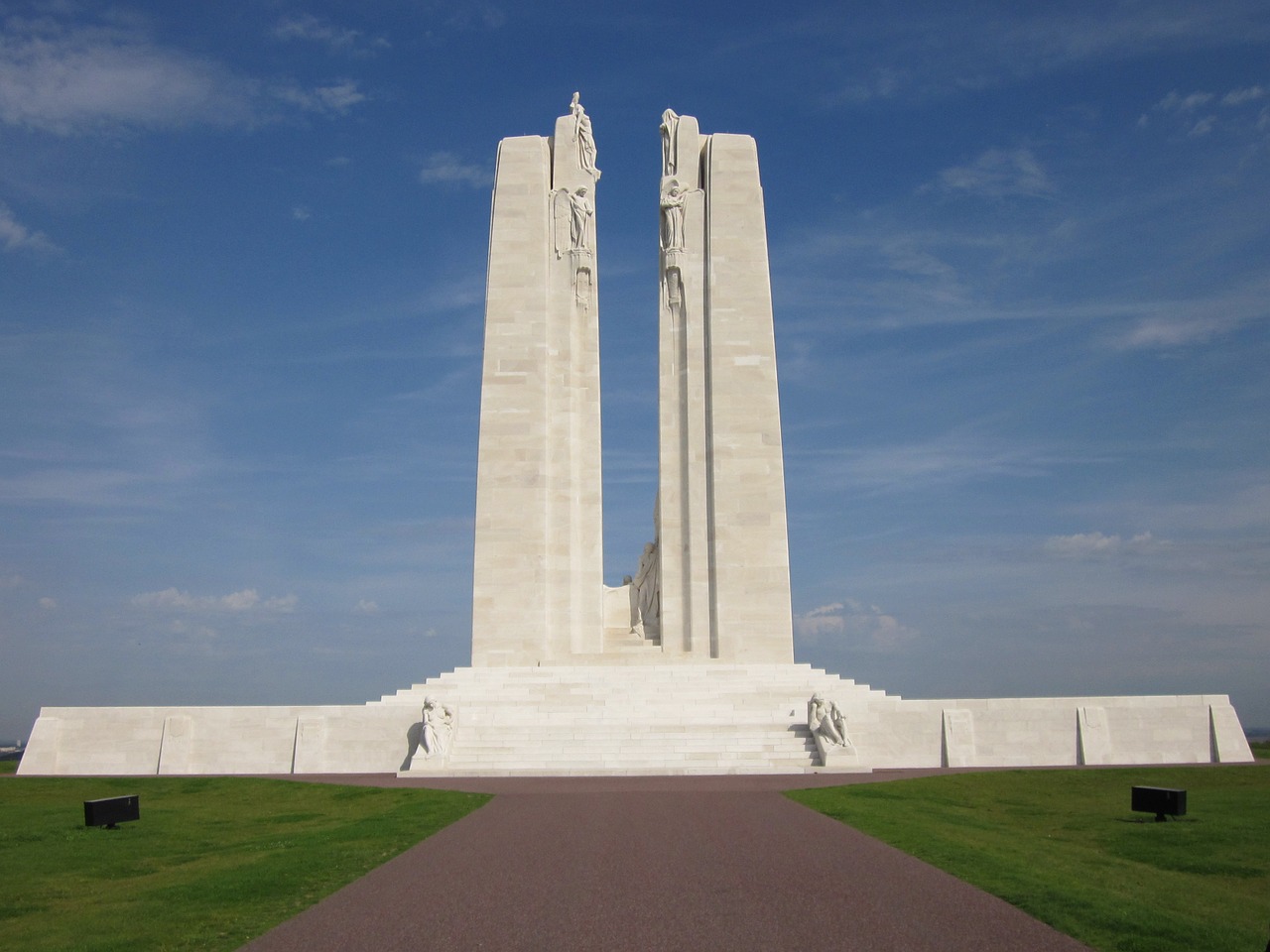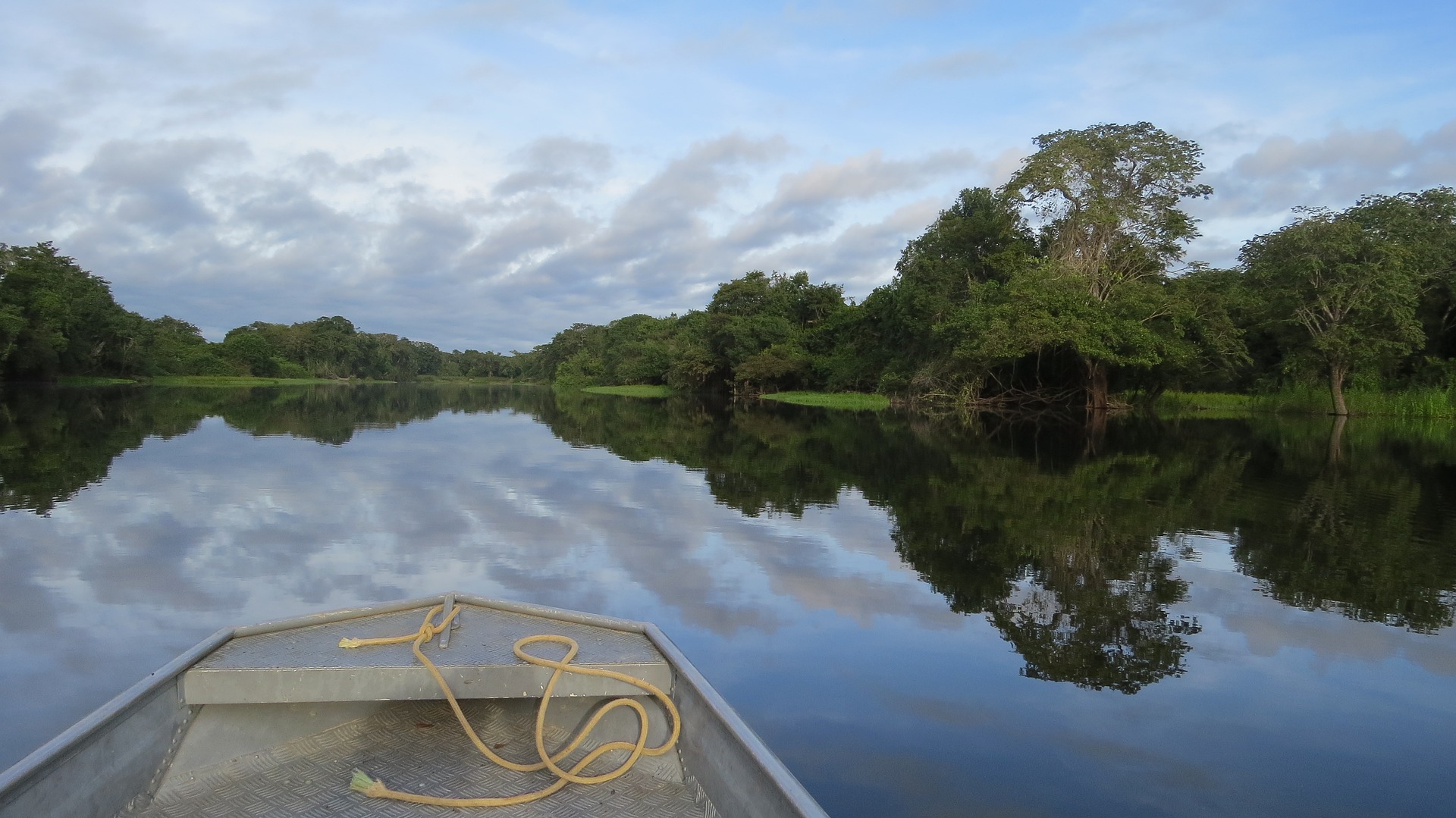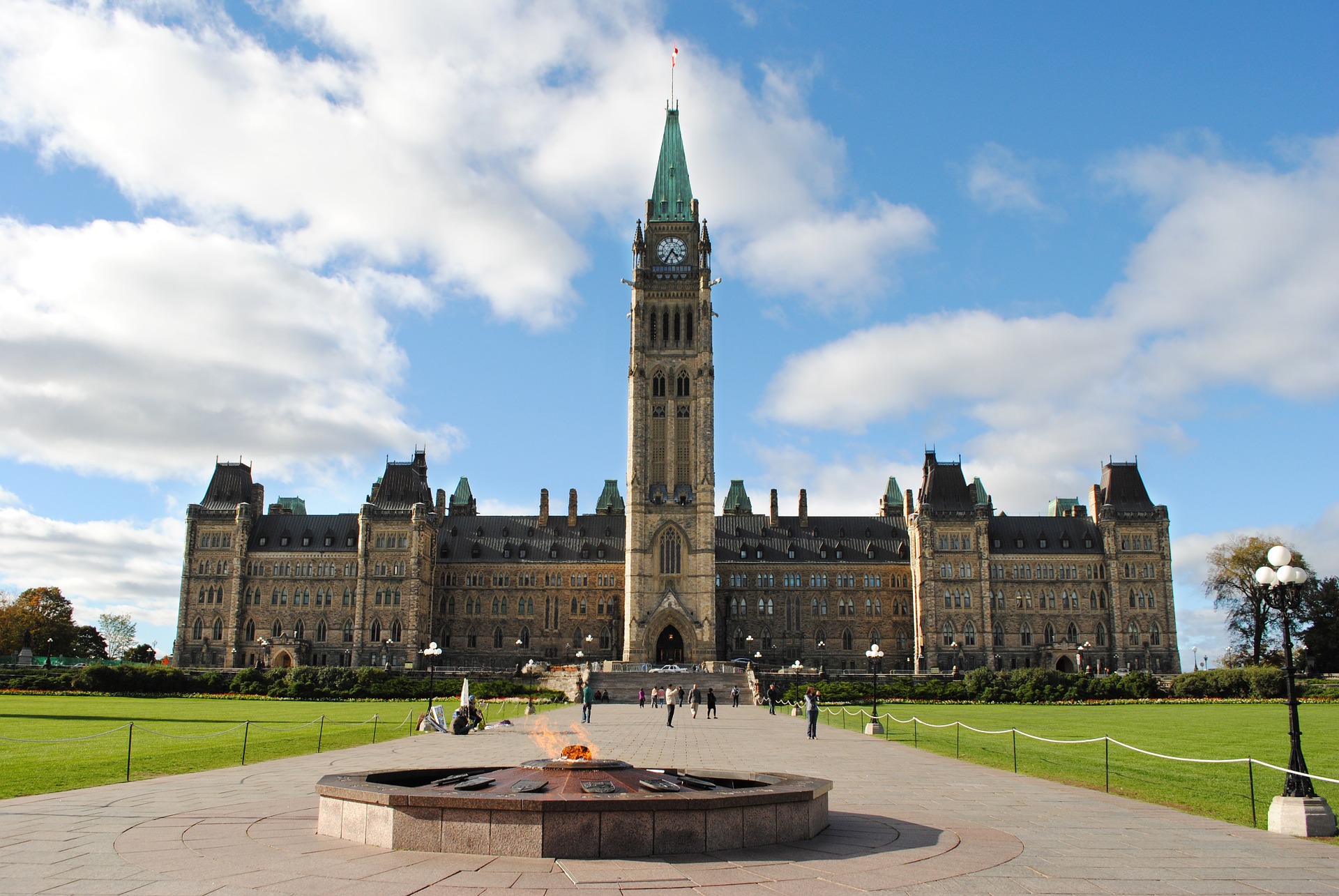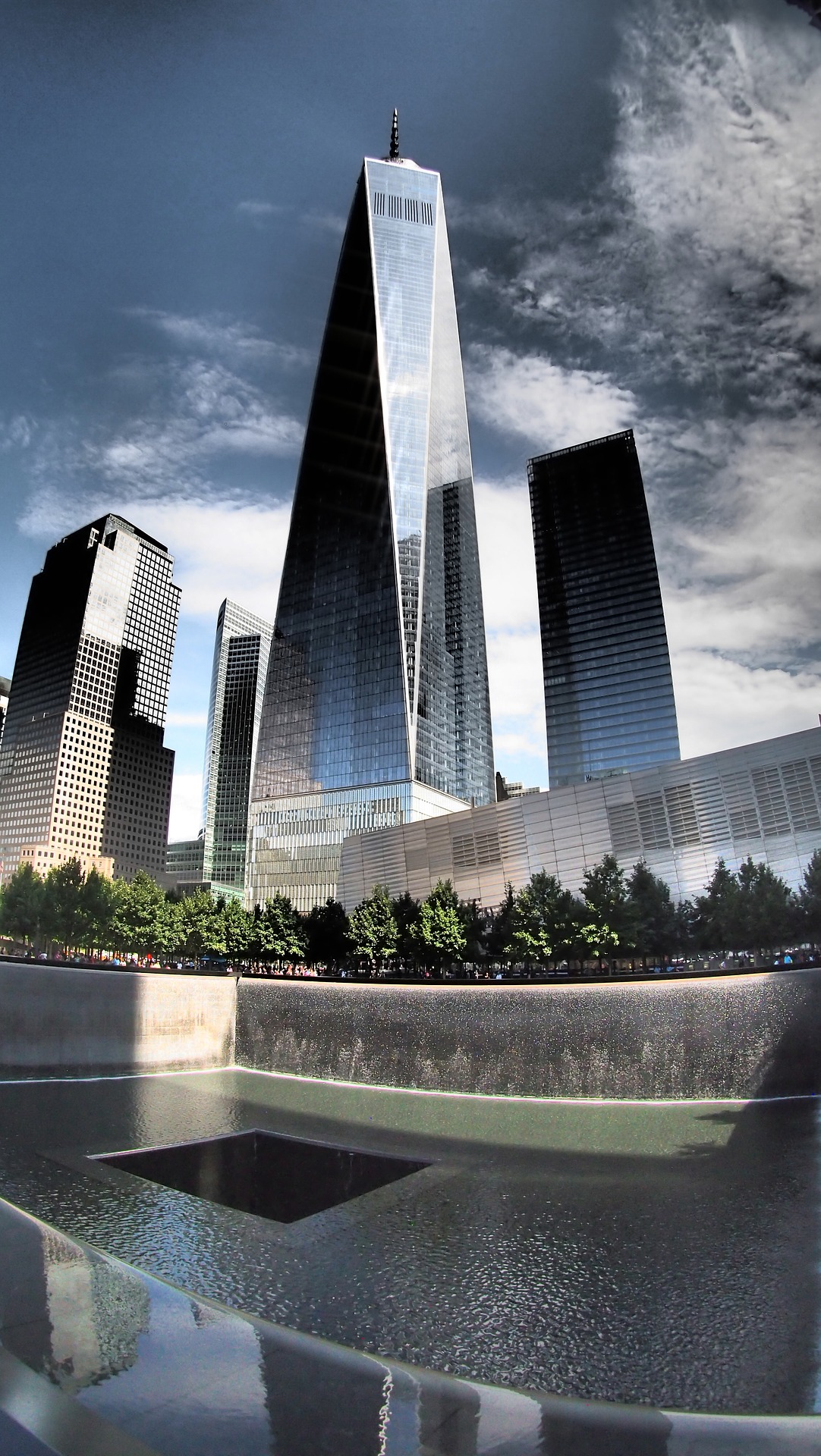Travelling Like a Geographer
Spatial Significance: What is the Importance of Place?
MINDS ON
Welcome to Travel and Tourism!
This course is all about the amazing things that you can see as you travel the world.
While this course will introduce you to famous sites and exciting activities, it will also ask you to consider
- the impact of travel and tourism on the environment and culture of a place.
- patterns and trends in travel and tourism.
- future possibilities for travel and tourism.
- how we can best plan for sustainable travel and tourism to ensure that none of these sites or experiences are lost.
 Travelling the World
Travelling the World
As you watch the following video, try to identify some of the locations - countries or famous tourist sites - that are visited. Also take note of the activities that are shown.
Describe or identify the locations in this video you would like to visit. Which of the activities are the most appealing to you? Are there any that you would never consider visiting?
All popular travel destinations share a common characteristic - they each offer a unique experience to the prospective traveller that can not be found at home. The most visited destinations on earth all possess a quality called "spatial significance," which we will discuss later in this activity.
While we will look at many different places around the world, it makes sense to start with your own experiences.
 Keeping a Travel Journal
Keeping a Travel Journal
Many people record their experiences and reflections as they travel in a Travel Journal. As you learn all about travel and tourism record your thoughts and research in your journal. Create a Travel Journal folder on your computer and save all your learning in one place.
Happy Travels!
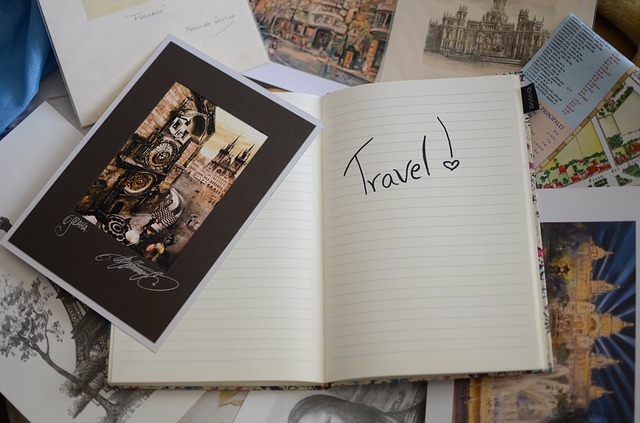
ACTION
Travel and Tourism
If you were to ask people that you met on the street or in the halls of your school what was on their bucket list, (definition:experiences that one hopes to have, or locations one hopes to visit, during their lifetime.) many lists would include something that involved travelling. Perhaps people want to see a famous site or enjoy a beautiful landscape. People may want to visit a location because a specific person or event is there. Some people will simply say that their goal is ‘to travel’ without any more of a plan or specific details.
Travelling exposes you to things that can’t be experienced in any other way. When travelling, you will learn about new cultures, get to try different foods, and see both natural and human-made places that are very different from what we have in Ontario.
MotivationTravel
 Reflection
Reflection
Take a moment to think of an example from each category that people you know (family, friends, teachers, or co-workers) have participated in. Can you find an example from each category?
Which motivators do you believe would be more likely to influence you at different stages in your life (i.e. as a university student, when you have a family, as a retired person)?
If you had to rank these motivators for travel in terms of your own priorities at this point in your life, which would come first? Which would come last? Why would you choose the order that you did?
As you can see, many factors make people want to travel. On the other hand, many factors also prevent people from travelling, or may lead to travel plans being changed or adjusted in order to make travel possible.
Barriers to Travel
BarriersTravel
Off the Beaten Path
How many languages are you fluent in? Did you learn more than one language as a child?
How many languages would you feel comfortable using while travelling? When travelling, language basics are the most important. Being able to ask for a washroom, to say please and thank you, and to get directions will solve most problems. If these are the criteria, how many languages would you list? It’s important to remember that internet access is not yet ubiquitous(definition:found everywhere.) in all foreign countries - sometimes you really do find yourself facing a language barrier.
In fact, even when countries cater to English speaking tourists, sometimes the message is still ‘lost in translation’.
Perhaps a better question to ask when you look at the image below is ‘As a traveler, what language would you most like to learn?’
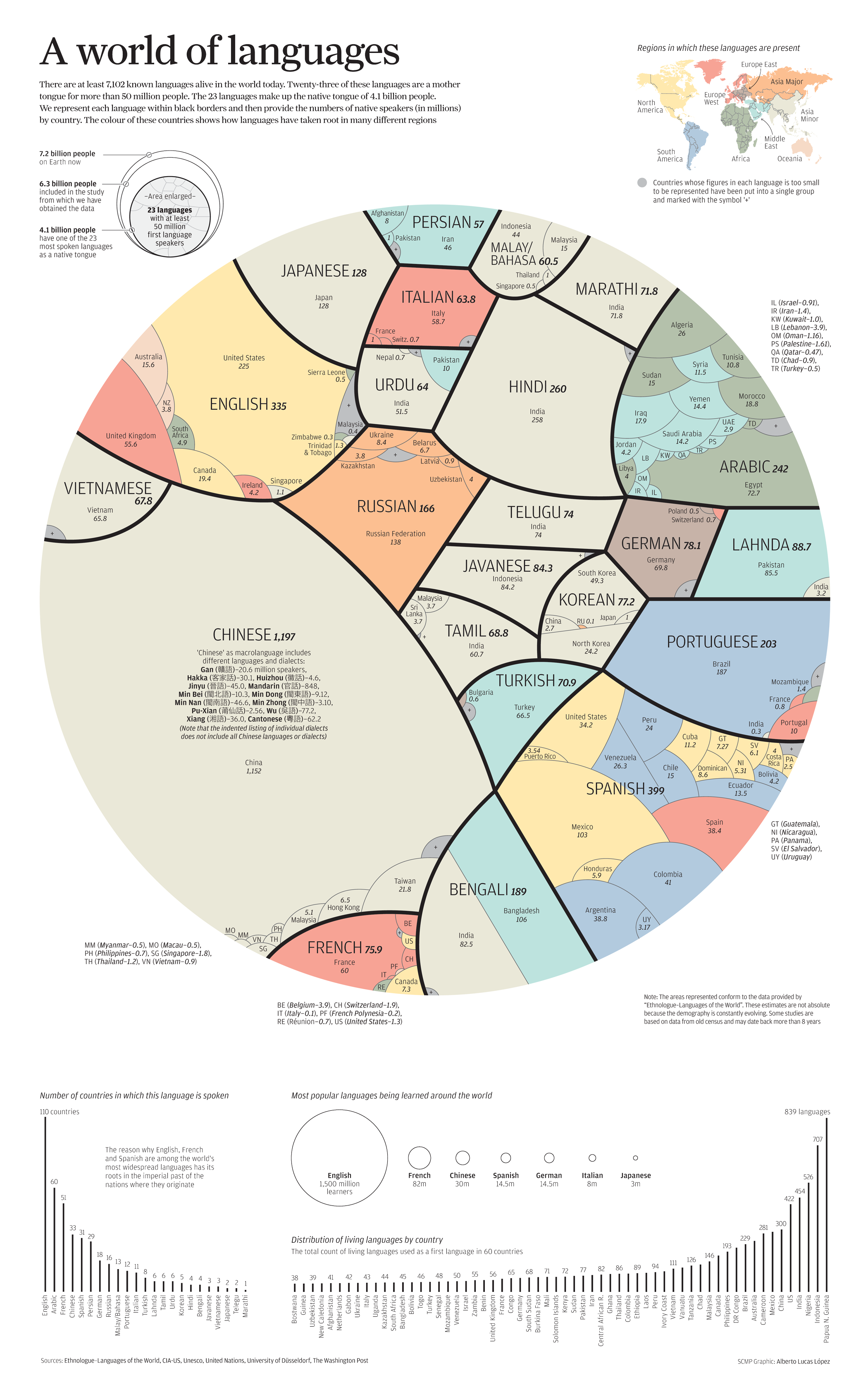
Pay close attention to the information surrounding the graphic as well - this will indicate both how many countries speak a language and how many languages are spoken within certain countries.
Of course, if you aren’t fluent in the local language (which will happen often if you travel internationally), there is translation technology available. If you want to go low-tech you could try something like this to help you get around:
If you want to view any links in this pdf, right click and select "Open Link in New Tab" to avoid leaving this page. (View the original article.)
You may not be a polygot (definition:A person who speaks several languages.) yet, but travelling can certainly help you gain or polish your language skills.
Travelling Like a Geographer
As you work through this course, along with learning about travel and tourism you will also learn how to think like a geographer by using the Concepts of Geographic Thinking and the Inquiry Model. These tools will allow you to make important connections and understand different places and issues around the world, and throughout the first unit, different aspects of these geographic concepts will be presented for you to work with.
The Inquiry Model is a tool that you can use to “investigate events, developments, and issues; solve problems; develop plans of action; and reach supportable conclusions and decisions” (The Ontario Curriculum Grades 11 and 12: Canadian and World Studies (pg. 32).
InquiryProcess
Because both geography, in general, and travel and tourism, specifically, look at so many relationships and connections between places and populations, it’s important to know how to critically approach a topic to gather information and to form an opinion.
Formulating Questions
The Inquiry Model is a five-step process that begins with formulating good questions. As you work through this course you will be exploring each of these five steps, but, to begin, we will start with questions. Good questions have more than one answer and can gather different responses from different people. Most importantly, they encourage the reader to think, and they inspire more questions on the same topic.
There are different kinds of questions that you will ask as you work through this course. Each has their own purpose and is valuable in different ways.
Inquiry Questions Checklist
When you are creating an inquiry question, evaluative, comparative, and causal questions are more valuable because they allow for more depth. As you begin to create your own questions, consider these criteria:
| ✔ | Criteria |
|---|---|
|
|
Does the question invite the inquirer to think (not memorize or summarize researched information)? |
|
|
Is the question open-ended (i.e., requires in-depth investigation to develop a conclusion)? |
|
|
Does the question have more than one possible answer? Can more than one possible perspective be considered? |
|
|
Is the inquirer truly curious about the topic? |
|
|
Does the question invite thinking about the topic in a new way? Does the question challenge current thinking about the topic? |
|
|
Does the question require the inquirer to use critical thinking skills (e.g., reasoning, evaluating) to develop their conclusions or findings? |
|
|
Does the question lead to even more questions? |
The Question Matrix - Q Chart
It can also be helpful to use a Q chart to generate questions. You can mix and match any word on the vertical axis with any word on the horizontal axis and then finish the question in a way that is specific with your topic. The further towards the bottom right of the matrix you move, the deeper and more valuable the questions become.
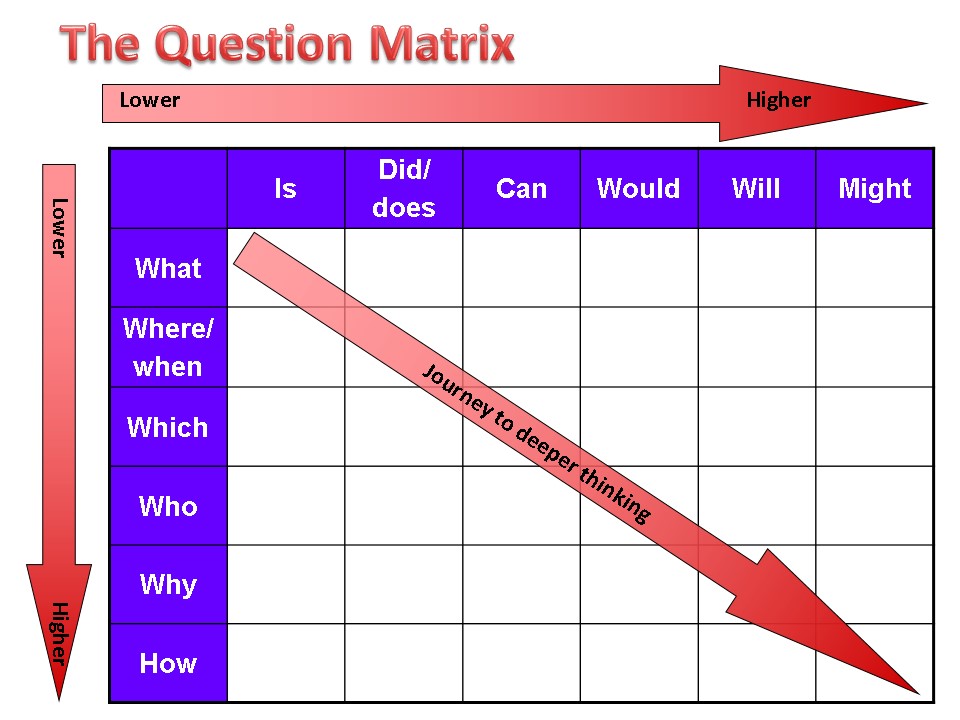
 Work With It: A Picture Prompts a Thousand Questions
Work With It: A Picture Prompts a Thousand Questions
The slideshow below contains images from around the world. Select one image, and pose two or three questions (avoiding factual questions) about the image. Please also indicate the type of question for each example.
Exemplar

For this image, you might ask:
- Why did the location fall into ruin? (Causal)
- How might this place be impacted by climate change? (Causal)
- How many people visit this site each year and is that too many? (Evaluative)
- Why might modern societies want to learn from these ruins? (Comparative)
The bolded words are from the question matrix above. Consider where they fall in the matrix. How strong are these questions?
Think Like a Geographer
Geographers are very curious by nature and ask many questions when studying a new topic. Three of the most important questions are:
- What’s where?
- Why there?
- Why care?

Concepts of Geographic Thinking
These questions are answered by utilizing the Concepts of Geographic Thinking. Mouse over each concept below to learn more.
GTConcepts
You can think of these concepts as the lenses that geographers use to look at the world around them. They help to guide the questions that they ask in their work.
In this first activity, we will begin by taking a closer look at spatial significance.
GTConceptsSS
 Think About It...
Think About It...
While watching the following videos, consider the spatial significance of each town.
- Where is each town located on the earth’s surface based on natural and/or human characteristics?
- What are the unique characteristics of each place?
- What questions do you have about each town after watching the videos?
What's in a Name?
Life Underground
Location, Location, Location
It’s important to recognize that a place may be generally recognized as significant (e.g. Niagara Falls) or it may have context-specific significance, meaning that it is not important to everyone (e.g. the birthplace of a famous scientist or the beach by your cottage).
 Work With It: The Spatial Significance of a Place
Work With It: The Spatial Significance of a Place
There are many important places on earth. This carousel contains only a few examples:
Select the location from images above that you consider to be the MOST IMPORTANT site. If you can think of a more important tourist site that is not included, feel free to use that. Undertake some basic research on the site that you have selected and using the steps in the interactive below, demonstrate why that site is important/significant. Being able to describe the spatial significance of a location is a valuable skill as a geographer. To do this effectively, it is easiest to break it down into three steps. The interactive will help you write your first Spatial Significance Analysis.
To help you with your justification, you will address the following:
- Where is this location based on natural and or human characteristics? (What is Where?)
- What is unique about it? (Why There?)
- Why would someone want to visit this location? To whom would this location be significant? (Why Care?)
SpatialAnalysis
Use the following Significance of Place Checklist to review the criteria.
Significance of Place Checklist
| ✔ | Criteria |
|---|---|
|
|
Unique characteristics of places are identified with a high degree of precision. |
|
|
Location of places are determined through identification of natural or human characteristics with a high degree of accuracy |
|
|
Motivators for travel, unique to chosen location, are explained with a high degree of depth. |
|
|
Logical ideas are communicated with a high degree of clarity. |
CONSOLIDATION
Your Personal Bucket List
Where do you want to go?
If there were no barriers in place, where would your dream trip take you?
The internet is full of lists of top places to visit. Before settling on your choice, take a moment to do a bit of research. The place first thought of might be quickly replaced with another option. Check out these sources to get you started thinking:
Don’t limit yourself to these sources either - feel free to find other videos as well!
 Travel Journal: Dream Destination
Travel Journal: Dream Destination
Identify your dream destination and record your choice in your Travel Journal. Be sure to include:
- the name of the destination.
- an image of your dream location, including the URL.
- your motivators for travelling to this location.
- the most likely barrier you would face in planning this trip.
- why this location stands out above all others for you.
- what makes this place spatially significant.
“
The world is a book and those who do not travel read only one page.
~ Saint Augustine
